So you just bought a brand new pair of headphones.
You are super happy about it, right?
I know the feeling, they are comfortable, they adapt to your head's shape and size, and they sound AMAZING!
But, there is always a problem… Always!
What is it?
Cable tangling… Especially after wrapping and trying to unwrap them!
There is always some kind of issue with cable management, especially in your recording studio where you have dozens of cables laying around.
You have microphone cables, speaker cables, instrument cables, and now… Headphone cables!
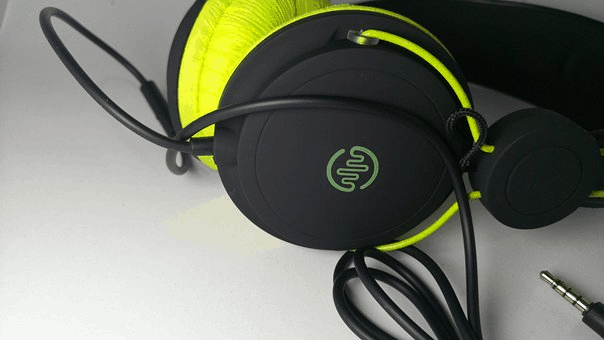
And guess what? They have a special ability to tangle themselves into loops!
How is this even possible? Why is it happening with your headphone wires?
There are multiple reasons why this could be happening to you.
What we know for sure, is that this situation really sucks!
You do not want to use part of your precious time in the studio for detangling your cables, instead of actually making music!
So the question is, how to keep headphones from tangling?
Read this post, you will have the answer at the end.
I promise you will love my trick, or I guess I should say tricks!
How to keep headphones from tangling?
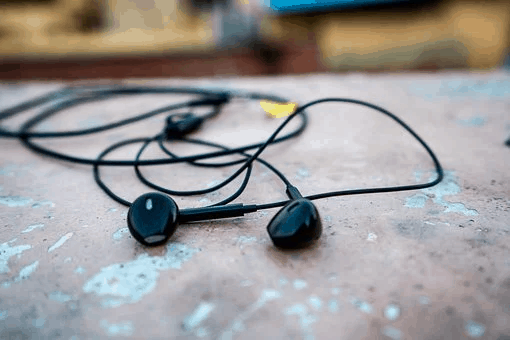
Keep headphone cables away from other cables
This might sound obvious, but for some people it is not!
Remember something, you are sitting on a chair, perhaps in front of a console or your audio hardware.
If you have headphones, they might be laying on top of your studio desk, not on the floor.
However, if you have instruments, they might be standing on a guitar stand for example.
What do I want to convey here?
Simple.
Headphone cables should stay on the desk.
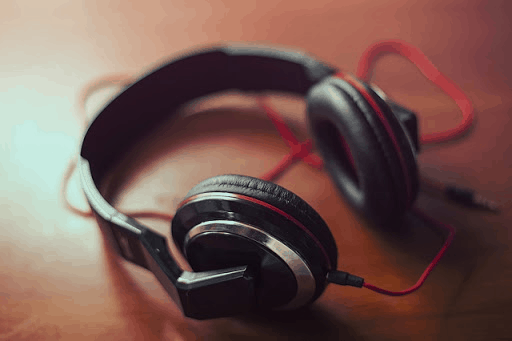
Instrument cables and other cables should stay where they are, meaning on the floor or on stands.
If you are diligent and smart enough to keep these two types of cables away from each other, you should be reducing the chances of cable tangling happening as well as the appearance of a knot.
The last thing you want in a studio is having the headphone cables tangled with the guitar cable and then having an accident with a musician falling at some point…
Just use common sense, not that hard.
Try buying straight earphone cables
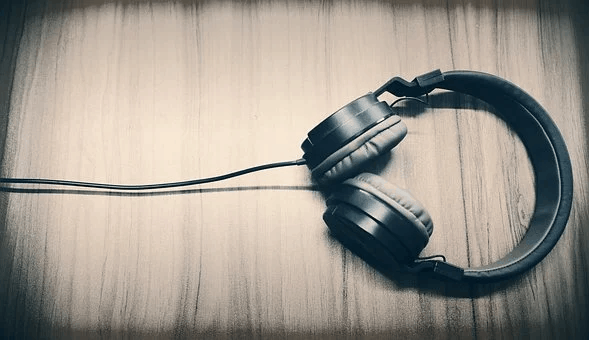
I know, I know, those coiled headphones cables look really cool.
They have that vintage vibe that makes you think they sound good…
But, let's be honest. They suck at cable management!
They basically tangle themselves without you doing anything!
Is that what you want? Absolutely not!
Coiled cables already have a shape that will tangle them as soon as you take them out of the box and start using them.
Instead of that unnecessary craziness, just get regular straight headphone cables.
These won't tangle that easily, they are easier to carry and easier to store.
You can leave the coiled cables for the photoshoot and music videos.
But in reality, they are useless.
Go get your straight headphone cables.
Use headphone stands
Here is the problem, you wear your headphones, record, mix, etc…
The problem comes when you stop using them.
You go leave them somewhere on the desk, perhaps on a shelf, or in a bag.
Bad idea.
Why?
Simply because you also leave mic cables on that shelf and in that bag.
What happens?
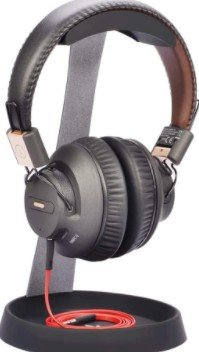
Simple. Everything you put in that drawer gets scrambled and at some point cables will get tangled.
Then when you try to use them, you spend 30 minutes trying to detangle the cable madness you have.
Solution? Yes there is!
Use a headphone desk stand. That way every time you finish using your headphones, you place them on that stand and they never ever get to "mix" with other cables.
At the end of the day, we want to stay away from a mess of wires.
Order them here.
Use shorter cables
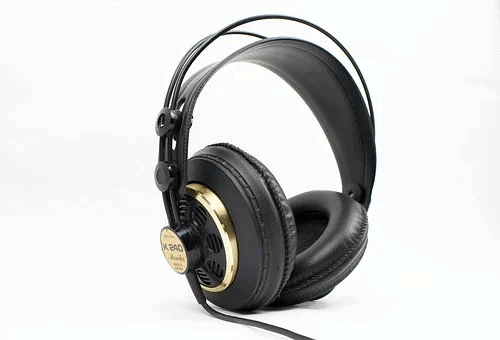
Another crucial reason why cables get tangled is their length!
Let's be honest.
You are working at your home studio, or perhaps a professional studio.
Your headphones are connected to the interface that is (most likely) in front or to the side of you.
Distances are not that far.
If you are in the tracking room, there will be a headphone amp or a headphone distribution box very close to you.
So the question is, do you really need your headphone cables to be 12 feet long?
Of course not!
If you are mixing, 3-4 feet is more than plenty.
If you are tracking perhaps 6 feet is enough.
Don't buy those crazy long extension cables! Realistically, you don't need them!
What happens when you have 10 feet of spare headphone cables?
Easy, they get tangled! You walk in the studio and you trip over the cables and the disaster happens.
You know what I mean.
Cable organizer
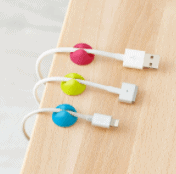
Have you seen one of those handy cable organizers?
They are cheap, very easy to install and extremely useful.
So here is the process… Get your cable organizers at the local hardware store.
These organizers work as clips that you basically stick to your desk with adhesive.
Make sure you place them to the side of the desk so they are never in your way.
Now you can do your music recording and mixing as normal.
Once you finish, put your headphones to the side and hand the cable on the cable clip.
That way you will make sure that cable will not tangle with anything else, nor itself!
Now, when it is time to record or mix again, simply take the cable out of the clip and use the headphones.
Repeat the process when finished.
Easy, right?
Cable ties!
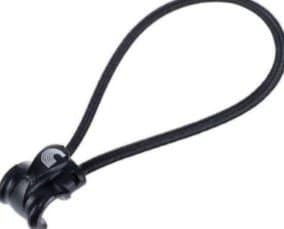
Yes!
We use them on microphone cables, instrument cables and speaker cables.
But let's face it, they also work on headphone cables.
This tool is one of the most useful cable management solutions you can find out there.
Plus, they are super cheap!
Once again, the procedure is simple.
Go use your headphones or gear.
Do your sessions, recording, mix, listen to music or whatever you want.
Go ahead and carry the cable as far as you want, be happy and enjoy the moment.
Now, once you finish the session, get the cable and make it a circle, a small circle, something you can carry around.
Put the cable tie on the cable and wrap it around. BOOM! You are ready, your cable is now managed nice and tidy.
You can now put it in a drawer or in your backpack and you will know for sure it won't get tangled!
Once again, this is a 10 second hack for cable management!
Cable zipper
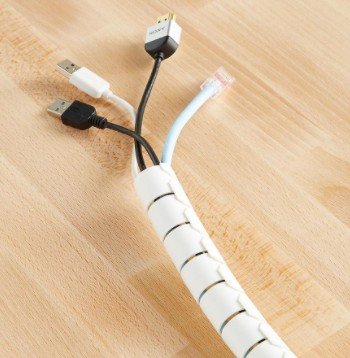
This is another method, however a bit bulky, but definitely worth it.
So, a cable zipper is kinda like a plastic cylinder that covers your cable.
Why do you do this?
Simple.
When you cover your cable with a plastic cylinder, your cable ends up being thicker than it really is.
I mean, think about a cable that is like half an inch diameter. Can you tangle that?
Not very easily!
Also, when you cover it with the zipper, your cable automatically wins an increased force against bending that could hurt it!
So you not only protect it from coiling and tangling but also from accidents, like your bassist standing on the cable and breaking it!
Once again, a bit bulky, but it works for sure.
Wireless headphones
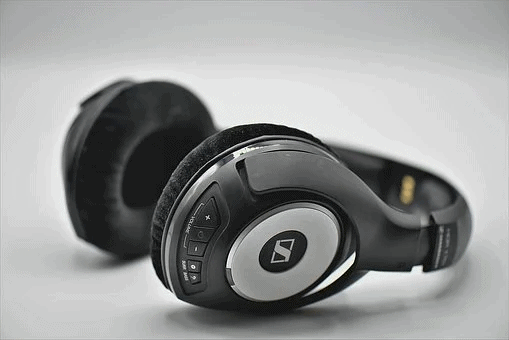
Sorry guys! I just had to do it.
Yes, wireless headphones.
Why?
Are you really gonna ask?
Come on! It is obvious!
Wireless headphones have no cables! They are wireless!
No risk of tangling, no risk of cables being coiled the wrong way, no risk of tripping over the cable.
Wireless headphones are the future, for sure.
The only issue here is the sound quality, they will never sound as good as real wired headphones.
But, if you are just doing simple stuff like listening to music and making simple recordings at home, they might be a good option.
Just make sure they are always charged and your computer has Bluetooth, otherwise they will be useless and impossible to connect!
Conclusion
On this post I showed you 8 ways to keep your headphones from tangling.
However, there are many more options that I encourage you to look for!
As you could have read, anti-tangling methods range from very simple and cheap cable ties to more complex and expensive solutions.
At the end of the day, it is up to you of which option to use.
My recommendation, look at your studio, look at the space.
Do you have enough space?
Are you in a small room with lots of things?
And more important, what is your budget?
Start with simple solutions, like a couple cable ties and see how it goes.
And the most important aspect, remember to use common sense, this will be the best option for you!

